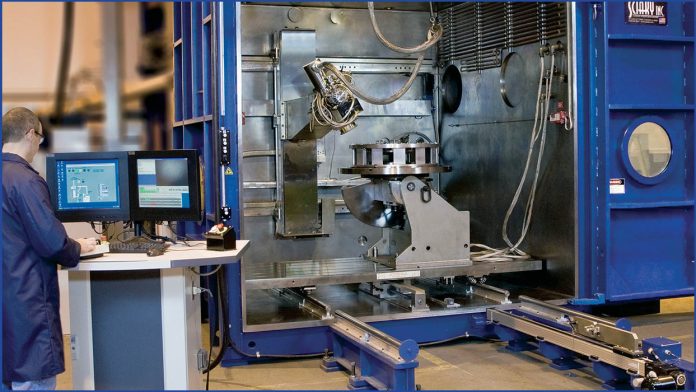Big Data Analytics and the Cloud: a more connected future
An estimated 2.5 quintillion bytes of data are now produced every day, and estimates say 90% of the data in the world today has been created in the past two years. But much of this data lies dormant: only 0.5% of it has ever been analyzed, which means that big data analytics retain huge potential to deliver benefits.
Thanks to cloud-based computing technology, organizations can now hire massive number-crunching capacity to analyze data whenever they need it, putting ‘big data analytics as a service’ among the fastest-growing cloud-based services. As the Internet of Things grows exponentially, cloud platforms will be essential in connecting devices and hosting related applications and data.
The benefits to industry of cloud-based big data analytics include:
- New products and services
- Better utilization of existing assets and inventory monitoring
- Improved diagnostics and predictions
- Greater customization of products and services
- Improved workforce productivity and operational efficiency
The cloud and big data analytics can help with some of the biggest issues facing society today, including rising healthcare costs, crime and environmental conservation.
The Internet of Things: making the world smarter
The Internet of Things already consists of 7 billion devices – from fridges to thermostats to street lights – and is expected to grow to almost 50 billion objects by 2020. By 2020, nearly half of consumers will own a connected IoT device, with strongest demand for home cameras and security, smart watches and fitness devices.
IoT is likely to be the next major value opportunity across industries. The Industrial IoT is forecast to add $14 trillion to the global economy by 2030. As business models evolve over the coming decade, linking those 50 billion new legacy sensors to a common network will require industries to work closely with the telecom ecosystem.
By 2020, more than 90% of cars sold will be connected. The market for wearable devices is expected to soar from 45 million units in 2015 to more than 125 million by 2019. Adoption of IoT services across automotive, home energy management and logistics fleet management alone could lead to 26 million tonnes of avoided CO2 emissions over the coming decade.
IoT is also likely to be a key creator of new job roles, and more than 400,000 new jobs will be required across the telecom industry to support new revenue streams arising from IoT services.
As IoT grows, it will need unified regulatory mechanisms. As industry boundaries become blurred, IoT will touch many different industries across every sector of the economy. However, the jurisdictional issues relating to it are not yet solved and, without greater coordination, they threaten the continued deployment of IoT and the benefits it can deliver.
Robots and Drones: automation on the rise
Robots are making productivity gains at industrial sites, while businesses are using drones to find new efficiencies. The benefits of using robots and drones are straightforward – by taking humans away from the front lines of various industries, they can reduce the injuries and deaths caused by industrial accidents, while their greater operational efficiencies curb CO2 emissions.
Drones can avoid road traffic and thus help logistics companies make deliveries faster, cheaper and more environmentally friendly. If drones can achieve 8.5% penetration in parcel deliveries by 2025, they could save 15 million tonnes in CO2 emissions and prevent up to 4,000 deaths from road accidents.
Over the next decade, autonomous machines could add $56 billion of value to the mining industry, as they increase output by operating 24 hours a day, 365 days a year at a high productivity level. Autonomous operations can increase worker safety, especially in extreme conditions such as those found in underground mines or hot mills. Because these autonomous machines consume less fuel than manual ones, they could also save around 400 million tonnes in CO2 emissions.
However, any sort of automation brings with it the question of job displacement. Over the next decade, 4% of the mining workforce (around 60,000 jobs) and 38,000 jobs in oil and gas are under threat.



